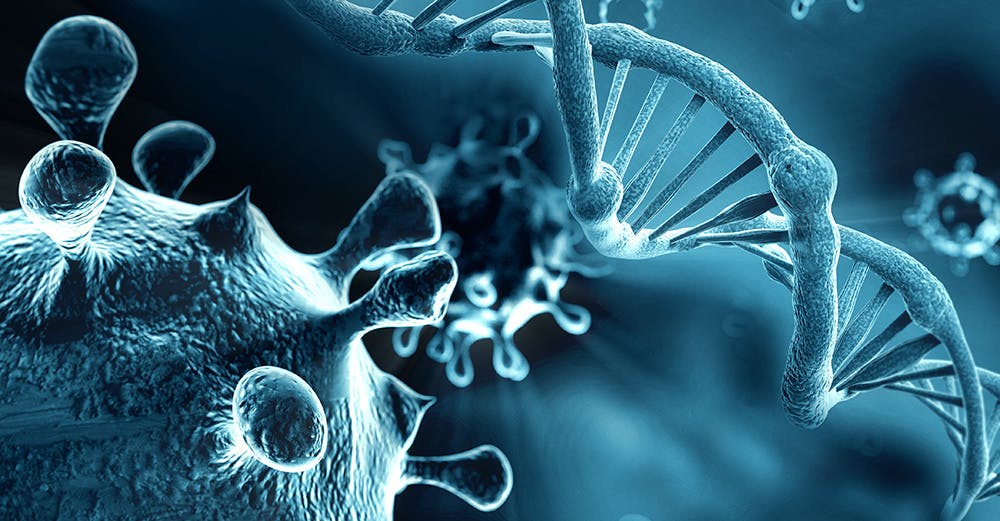HIV is a virus that affects nearly 1.2 million people in the United States and is known to have no cure. Science has shown that once you become infected with HIV, your body cannot get rid of it.
However, scientists have recently discovered something that may change the way that science looks at and approaches HIV. A man diagnosed with HIV in 1988 recently received a stem cell transplant that appears to have halted the replication of HIV in his body.
Read on to learn more about this virus and the hope for the future of those who have been diagnosed with this previously incurable illness.
Understanding HIV
Though HIV is known primarily as a sexually transmitted disease, there are other ways it can be spread:
Contact with infected blood
From sharing needles
From mother to child during pregnancy, birth, or breastfeeding
The symptoms of this disease are mild and sometimes not even noticeable. This is what causes there to be about 13% of HIV-positive people in the U.S. to be unaware that they have the virus.
Symptoms include:
Fever
Headache
Rash
Sore throat
Mouth sores
Swollen lymph glands
Muscle aches
Joint pain
Diarrhea
Weight loss
Cough
Night sweats
A person typically has HIV with limited symptoms for years before it progresses into AIDS.
The switch from HIV to AIDS occurs either when the body’s CD4 T cell count falls below 200, or when a serious infection or cancer surfaces.
HIV Treatment
Though serious, an HIV diagnosis does not necessarily mean a death sentence.
Treatments exist for HIV that allow people with this virus to live a long and healthy life. These treatments are known as antiretroviral therapy (ART) and they work by reducing the viral load to a manageable level in the body. In addition, ART doubles as a preventative measure, as it reduces the risk of additional transmission by 96%.
ART treatment is crucial to this virus. If HIV is left untreated or ART treatments are halted, the virus can lead to AIDS, a life-threatening disease that typically has a survival time of about 3 years.
This daunting diagnosis has plagued the world for quite some time and the treatment options are powerful but limited. That is, until now.
A recent discovery has given additional hope to people who have been diagnosed with HIV: a cure.
A Possible Cure for HIV
A cure for the incurable virus? It sounds too good to be true, but a recent story shows it may be possible.
A man dubbed the “City of Hope” patient was diagnosed with HIV in 1988. He has been able to live with this virus for over 30 years thanks to the help of ART.
Unfortunately, he was diagnosed with leukemia in 2018, which was likely caused by HIV. Despite the fact that the ART treatments help, people with HIV are at a higher risk of developing cancers, particularly blood ones. The man was given lower-level chemotherapy to treat his cancer and then received a stem cell transplant.
And that’s where the magic truly happened.
His transplant came from a donor with a gene that made him resistant to HIV. And, the immune system of the donor slowly took over the man’s HIV-ridden immune system. Doctors decided, two years after the transplant, to stop the patient’s ART treatment to see what would happen.
And, a year and a half after halting his treatment, the “City of Hope” patient shows no signs of HIV replication. Even some of the most sensitive tests have not detected any HIV in his body.
This means massive hope for HIV treatment.
However, it is important to note that stem cell transplants are dangerous and really should only be an option for those who are dealing with a life-threatening health condition. In the case of this man – someone with HIV who later developed leukemia – he was a prime candidate.
Though everyone who has HIV may not want or need to turn to stem cell transplants to cure them, this finding is a huge advancement in the field. It shows that there is hope for viral remission and a longer and healthier life for those with HIV.
